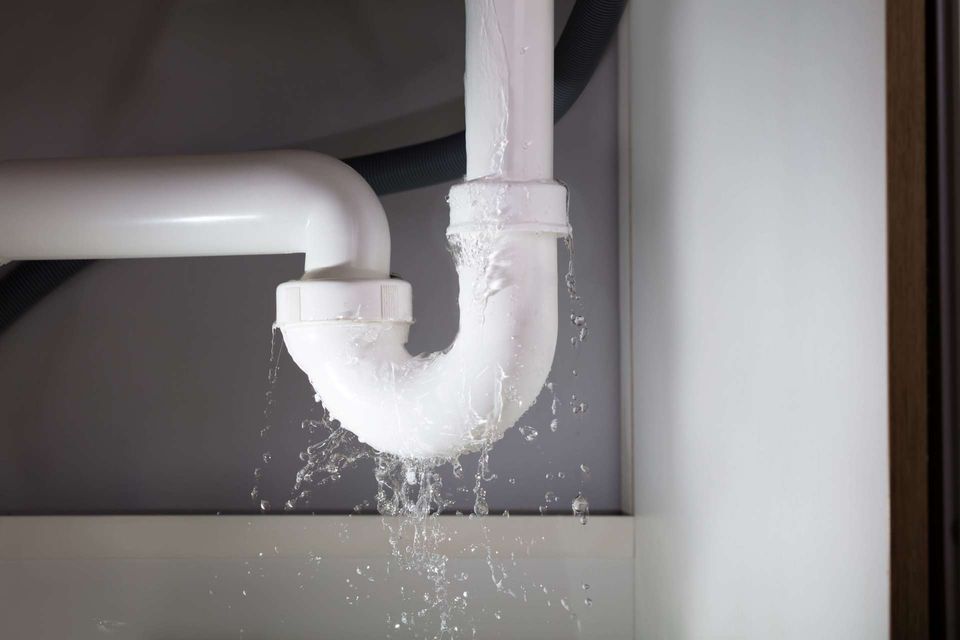Guide To Water Leak Detection At Home
Guide To Water Leak Detection At Home
Blog Article
Just about everyone maintains his or her own theory when it comes to Locating water leaks.

Early detection of leaking water lines can reduce a possible calamity. Some tiny water leaks may not be visible.
1. Examine the Water Meter
Every house has a water meter. Checking it is a guaranteed way that assists you discover leakages. For beginners, shut off all the water sources. Ensure no person will purge, utilize the faucet, shower, run the cleaning device or dishwasher. From there, most likely to the meter and watch if it will certainly transform. Because nobody is utilizing it, there should be no movements. That indicates a fast-moving leak if it moves. If you discover no modifications, wait a hr or 2 as well as inspect back once again. This implies you might have a sluggish leakage that could even be underground.
2. Inspect Water Intake
Analyze your water bills as well as track your water intake. As the one paying it, you need to see if there are any type of discrepancies. If you identify sudden changes, in spite of your usage coinciding, it means that you have leakages in your plumbing system. Keep in mind, your water expense should drop under the very same array every month. An abrupt spike in your costs suggests a fast-moving leak.
On the other hand, a constant boost monthly, despite having the exact same habits, reveals you have a slow leak that's also slowly intensifying. Call a plumber to extensively check your residential or commercial property, especially if you feel a cozy area on your flooring with piping below.
3. Do a Food Coloring Examination
When it comes to water usage, 30% comes from bathrooms. If the color in some way infiltrates your bowl during that time without flushing, there's a leakage in between the tank and dish.
4. Asses Outside Lines
Don't forget to inspect your outside water lines too. Needs to water leak out of the connection, you have a loosened rubber gasket. One tiny leakage can throw away loads of water and also surge your water costs.
5. Examine the situation and also inspect
Home owners ought to make it a behavior to check under the sink counters as well as also inside cabinets for any type of bad odor or mold and mildew development. These two red flags suggest a leakage so prompt interest is needed. Doing regular evaluations, even bi-annually, can conserve you from a significant trouble.
Extra importantly, if you know your home is already old, keep a watchful eye on your heating units, pipes, pipes etc. Check for discolorations and weakening as the majority of devices and pipelines have a life span. They will additionally normally deteriorate due to deterioration. If you suspect leaking water lines in your plumbing system, do not wait on it to rise. Call a professional plumber as soon as possible so you do not end up with a dreadful mess in your home.
Early discovery of leaking water lines can reduce a possible disaster. Some tiny water leaks might not be noticeable. Examining it is a surefire way that assists you find leakages. One small leakage can throw away tons of water and spike your water bill.
If you think leaking water lines in your plumbing system, don't wait for it to escalate.
WARNING SIGNS OF WATER LEAKAGE BEHIND THE WALL
PERSISTENT MUSTY ODORS
As water slowly drips from a leaky pipe inside the wall, flooring and sheetrock stay damp and develop an odor similar to wet cardboard. It generates a musty smell that can help you find hidden leaks.
MOLD IN UNUSUAL AREAS
Mold usually grows in wet areas like kitchens, baths and laundry rooms. If you spot the stuff on walls or baseboards in other rooms of the house, it’s a good indicator of undetected water leaks.
STAINS THAT GROW
When mold thrives around a leaky pipe, it sometimes takes hold on the inside surface of the affected wall. A growing stain on otherwise clean sheetrock is often your sign of a hidden plumbing problem.
PEELING OR BUBBLING WALLPAPER / PAINT
This clue is easy to miss in rooms that don’t get much use. When you see wallpaper separating along seams or paint bubbling or flaking off the wall, blame sheetrock that stays wet because of an undetected leak.
BUCKLED CEILINGS AND STAINED FLOORS
If ceilings or floors in bathrooms, kitchens or laundry areas develop structural problems, don’t rule out constant damp inside the walls. Wet sheetrock can affect adjacent framing, flooring and ceilings.
https://www.servicemasterbyzaba.com/blog/how-to-detect-water-leakage-in-walls/

I'm very interested in Top leak detection hacks and I hope you enjoyed the new page. Sharing is nice. Helping people is fun. Thank you so much for taking the time to read it.
Report this page